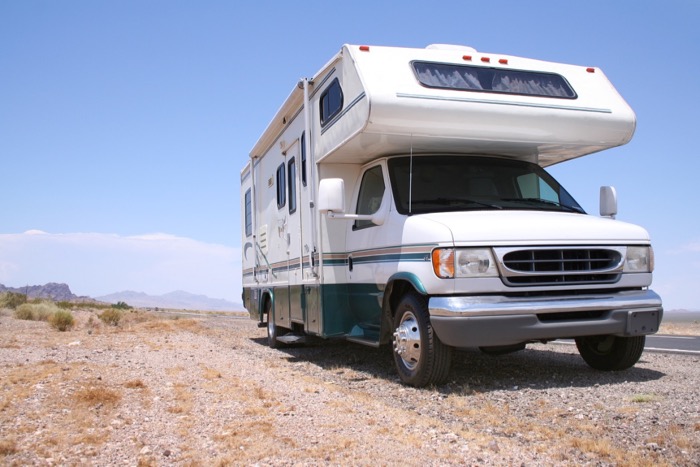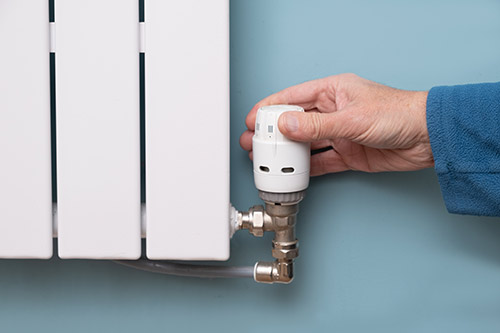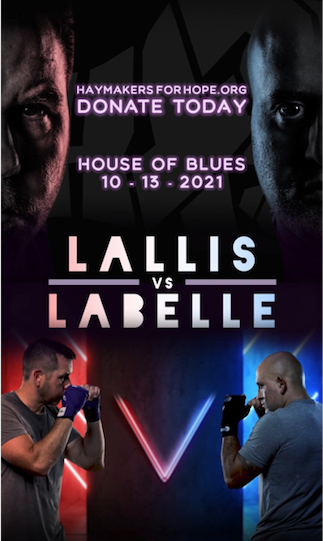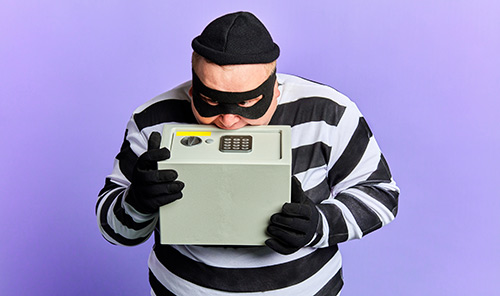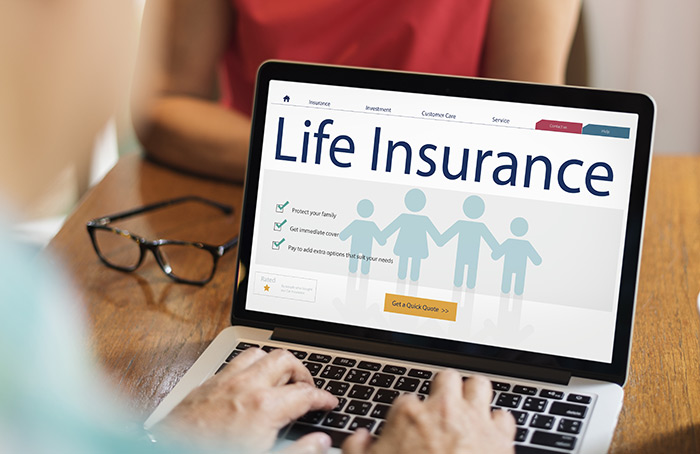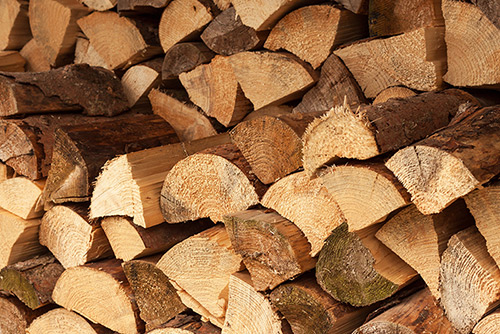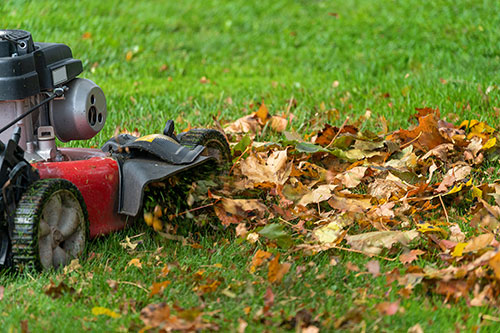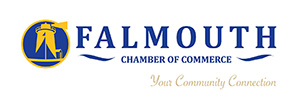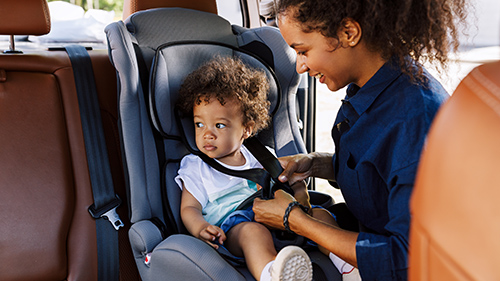
Did you know that November is Child Safety and Protection Month? It was created to raise awareness about the potential dangers that children face each and every day.
Statistics from the Centers for Disease Control & Prevention Child Injury Report are a sobering reminder of the importance of this issue. It found that an estimated 9.2 million children annually had an initial emergency department visit for an unintentional injury. Furthermore, on average, 12,175 children 0 to 19 years of age die each year in the United States from an unintentional and often preventable injury.
Safety Starts At Home
However, before we take a look at the different ways to promote national child safety protection month within our communities, it is important to learn how to promote safety and protection in our own homes.
Household Safety
Thousands of children are treated or hospitalized each year because of accidental poisonings within their own homes. The CDC found that children between the ages of 1 to 4 years had the highest rates of poisoning. These tips from the American Association of Poison Control Centers can help make your home a safe environment:
- Keep cleaning supplies, medicines, garden chemicals, and toxic art supplies locked away or on a high shelf. Make sure these items are put away immediately after each use.
- Purchase over-the-counter and prescription medicines with childproof caps. Keep them on a high shelf or in a locked cabinet, not on your bedside table.
- Keep vitamins and minerals such as iron out of reach. They can be hazardous, even fatal, to children.
- Never use food containers to store nonfood substances.
- Program the contact number for Poison Control in your phone to use in the case of accidental poisoning.
Infant Safety
For children less than one year of age, two–thirds of injury deaths are due to suffocation. It is so important to place your baby on their back to sleep, remembering that “back is best,” and “face up to wake up.” Do not allow infants to sleep with blankets, stuffed animals, or other items before the age of 1. According to Safe Kids Worldwide, these are the Top 5 Tips to Protect Your Baby (you can also download a handy tipsheet from their website): A firm mattress and fitted sheet are all you need for your baby’s crib. Remove all blankets and toys as these could result in unintentional injury. Learn to use your child’s car seat, booster seat, and seat belt the right way in your vehicle. Use this basic car seat safety checklist to help. Make sure you have both a working smoke alarm and a carbon monoxide alarm on every level of your home and in all sleeping areas. Test the alarms to make sure they work. Place your baby’s crib and other furniture away from windows and blinds. Your baby is safer without any strings or cords within reach to prevent a choking hazard. Set your water heater to 120F to avoid scalds.Outdoor Safety
Playing outside is so important, and kids love it! However, keeping children safe outdoors requires some special precautions. Here are some tips for outdoor safety and injury prevention: Never leave children alone outside. When using tricycles, bicycles, skateboards, roller skates, and ride-on toys, ensure that children of all ages are wearing a helmet to prevent head injury. Always use safety straps to secure children in strollers, and do not put children who cannot sit up well in wagons that have low sides. Teach children not to play near the street. Explain that children must ask for help if toys roll into the street or driveway. Ensure that all outdoor play areas are fenced, especially when they are near a street, parking lot, pond, well, or railroad tracks. Keep the gates closed and install childproof latches. Also, be sure that all storage sheds, barns, and garages remain locked. Check the outdoor play area routinely. Remove all trash, sharp objects (including branches or other foliage), tools, lawn equipment, and animal feces that could result in accidental injury. Surround electrical appliances in the play area, such as air conditioners, with fences so children cannot reach them. Also, remove gas grills from outdoor play areas. When playing at a park or playground, check to make sure that the equipment isn’t too wet or too hot.Water Safety
According to the CDC, drowning has been the leading cause of injury or death for children 1 to 4 years of age. Whenever your young child is around water, it is important to follow these safety guidelines to prevent accidental injury:
- Be aware of all bodies of water, both big and small. Swimming pools, bathtubs, ponds, ditches, fountains, watering cans, kiddie pools, and even large buckets of water can be dangerous for children when left unattended. Be sure to empty containers of water of all sizes when you are finished using them.
- Always enforce safety rules with your kids, such as no running near the pool, and no pushing or holding others underwater.
- Ensure the deep and shallow ends of any pool your child swims in are clearly marked, and never allow your child to dive into the shallow end as this puts them at risk of serious head injury.
- When swimming, children should always be supervised by an adult (preferably one who knows CPR). The adult should be within arm’s length for older children, and fully touching the infant, toddler, or young child when they are in or around water. This is important, not only in deep swimming pools but kiddie pools as well. Always be sure to empty and put away kiddie pools after each play session.
- Your child should always wear a life jacket when he swims or rides in a boat. A life jacket fits properly if you can’t lift it off over your child’s head after he’s been fastened into it. For the child under age five, particularly the non-swimmer, it also should have a flotation collar to keep the head upright and the face out of the water. Don’t allow your small child to rely on inflatable toys, pool noodles, or loungers in place of a life jacket. These toys may deflate suddenly, or your child may slip off them into water that is too deep.
- If you have a backyard swimming pool, (or a large, inflatable above-ground pool), it should be completely surrounded with at least a 4-foot (1.2 meters) high fence that completely separates the pool from the house. The fence should have a self-closing and self-latching gate that opens away from the pool, with the latch at least 54 inches high and out of the child’s reach. Check the gate frequently to be sure it is in good working order. Keep the gate closed and locked at all times. Be sure your child cannot manipulate the lock or climb the fence. No opening under the fence or between uprights should be more than 4 inches (10 cm) wide. Keep toys out of the pool area when not in use so that children are not tempted to try to get through the fence. Also, if your pool has a cover, be sure to remove it completely before swimming. Also, never allow your small child to walk on the pool cover. Do not use a pool cover in place of a four-sided fence.
- Spas and hot tubs are dangerous for young children, who can easily drown or become overheated in them. Don’t allow young children to use these facilities.
- If possible, have a phone in the pool area with emergency numbers clearly marked. Keep a safety ring with a rope beside the pool at all times.
- Be sure to eliminate distractions while children are in the water. Talking on the phone, working on the computer, and other tasks need to wait until children are out of the water. Additionally, adults should not drink alcohol when they are swimming. It presents a danger for them as well as for any children they might be supervising.
Awareness Activities at Home
In honor of Child Safety Protection Month, it is a good idea to print out the above safety tips, review them with your adult family members and children, and post them in your home. You can also print out safety tip sheets, fact sheets, infographics, checklists, and other resources from Safe Kids Worldwide to display in your home or give to family and friends. By always keeping these injury prevention tips in mind, you can better create a safe environment for all kids.
Safe Kids Worldwide also has fun, online activities for kids that you can print and complete at home to teach your children about safety and protection! Also, reading protection-themed books to your kids is a great way to teach them about safety!
Finally, take this opportunity to create a safety plan and emergency preparedness kit with your family, if you don’t have these already! Keep them visible and accessible at all times.
Raising Awareness in the Community
It truly does take a village to raise a child, and keeping them safe is also a team effort! Here are some ways that you can raise awareness of safety and protection in your community:
Share Resources
Every parent, caregiver, educator, child care provider, and community member should have access to the tips and tools to help keep the children in our communities safe! A big way that you and your family can help spread awareness is by printing out the tip sheets and other resources, and sharing them! Some examples of places to distribute or post them are at community activities, schools, child care centers, laundry rooms, apartment buildings, community recreation centers, churches, or wherever else parents are gathering in your neighborhood.
Find a Car Seat Technician (or become one)!
Car seat safety awareness is a huge issue in our communities! Child Passenger Safety Technicians are trained individuals who can give parents one-on-one personalized instruction in how to properly use and install a child safety seat, as well as information on seat belt guidelines, child restraints, booster seat recommendations, and more. You can host a car seat instructional event, find a local technician to instruct you or your family and friends, or even become trained on child safety seat installation yourself! Imagine what a tremendous asset this would be to your neighborhood! You can find all of the information regarding National Child Passenger Safety Technicians here.
Create a Cleaner and Safer Neighborhood
Do what you can to control the environment in which you live in by starting at home and ensuring that both your indoor and outdoor space is clean and clutter-free. To continue the commitment and raise awareness for Child Safety Protection Month, initiate a Community Clean-Up Day! Invite your family, friends, and neighbors to join you in keeping your community clean and safe for kids to learn and play, by removing litter and other hazards!
Additionally, a well cared-for neighborhood with mowed lawns, flowers, and freshly painted homes can help deter crime and positively affect child development. A well-kept yard also provides fewer places for suspicious persons to take cover. If there is an open lot or abandoned home nearby, work together as a neighborhood to clean up the weeds, plant trees, and do a bit of fixing up on the exterior. A little truly does go a long way!
Also, working to improve the lighting on your street or in your apartment complex is so important for child safety. While advocating for more streetlights is one way to do this, you can also ask your neighbors to turn on their porch lights in the evenings or to install motion-sensor lights in the backs or sides of the house. This helps ensure that kids stay visible when they are outside at night, and also deters potential intruders.
Get To Know Your Neighbors
In order to promote safety within your community, it is so important to get to know the people in your neighborhood. Those living next to you can often be the best form of protection available! Going on walks with your neighbors, working in your yard, and letting your kids safely play with the kids down the street helps you learn each other’s strengths and needs.
For example, do you live next to an elderly couple, who sometimes need help? Or is there a local teenager who is learning to drive? Are there small children that play outside, that drivers and other neighbors should look out for? Are there safe individuals who your kids can carpool with, or a responsible young person who can babysit your children in a pinch? Do you have each other’s phone numbers in case there is an emergency in the neighborhood? Having a way to reach your neighbors if they’re gone and something is amiss can be a tremendous asset. Organizing a neighborhood cookout, block party, or safety awareness event can encourage people to get to know one another and feel more comfortable spending time out in the neighborhood as well.
Overall, Child Safety and Protection month is a great opportunity to raise awareness, both at home and in your community! Source: all4kids.org
